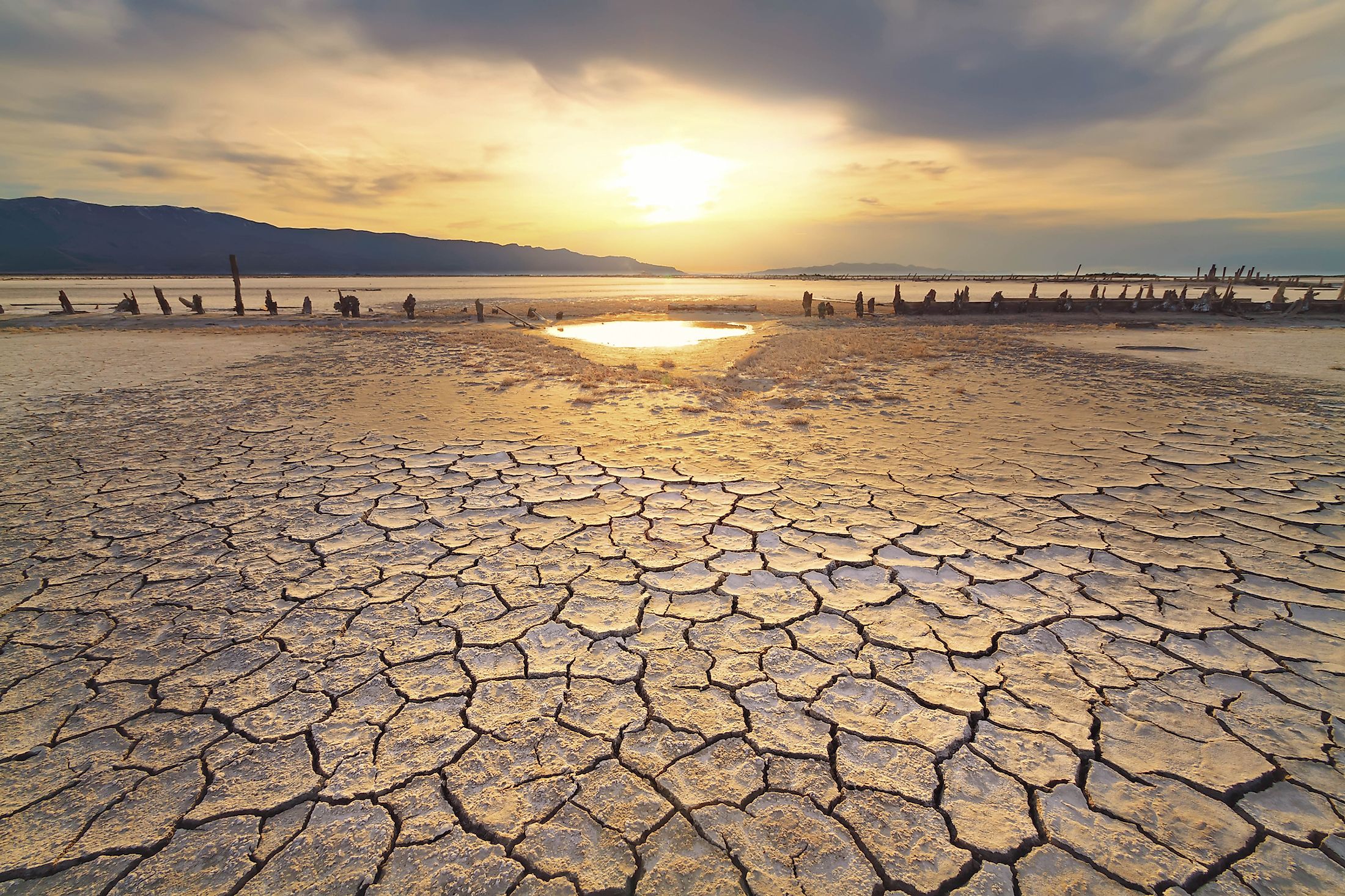
Why Is Utah's Great Salt Lake Drying Up?
The Great Salt Lake is one of Utah's most notable geologic features. It is the most significant natural lake west of the Mississippi River and the largest saltwater lake in the western hemisphere. The Great Salt Lake is the remainder of Lake Bonneville, a massive ancient lake that formerly covered most of western Utah. The lake's size has varied significantly throughout time depending on the evaporation rates and the flow of the rivers that feed it. The elevation of the lake has dropped by about 10 feet since 1847. The Great Salt Lake's current depth is only 30 feet. The lake's surface size was 3,300 square miles in the 1980s, but it is presently less than 1,000 square miles.
Why Is The Great Salt Lake Drying Up?
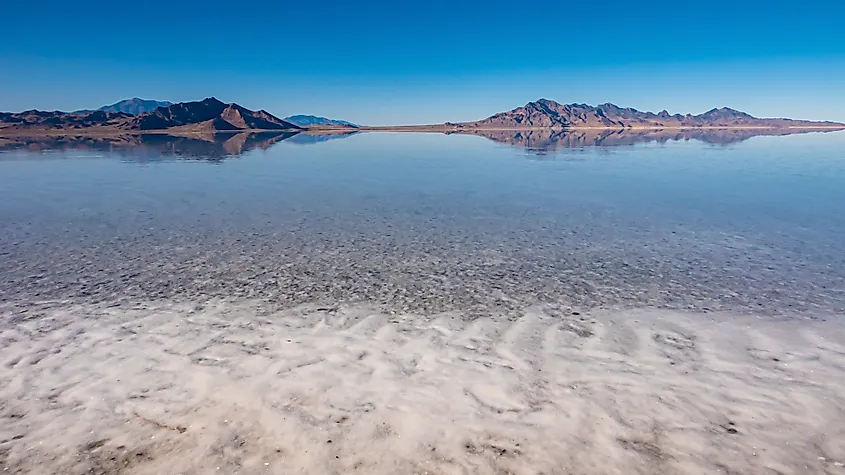
This worrying evaporation is a result of both climate change and water being taken away from its mountain source. An increasing volume of the runoff water from the mountains that feeds the lake is being redirected from rivers to houses and farmlands due to the rise in Salt Lake City's population in recent years. People in the area drain 3.3 trillion liters of water annually from the lake's few supplying streams rather than from the lake itself. Scientists concluded that people are causing the decline by consuming streamwater before it replenishes the lake.
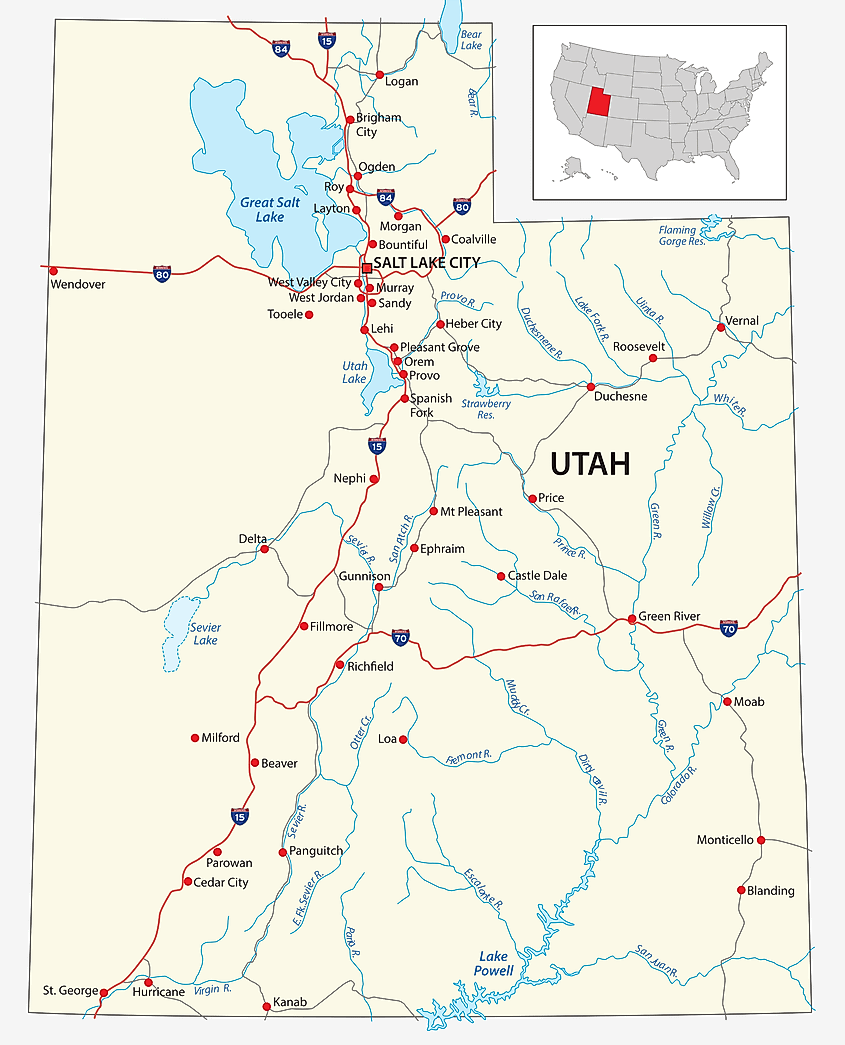
According to Wayne Wurtsbaugh, a limnologist at Utah State University, the latest research reveals that the total lake water volume decreased by 39% from 2003 to 2012. Some of the water does, however, return to the lake (for instance, after irrigation). Also, according to a section of experts, even though climate change isn't the leading cause, it is still one of the factors catalyzing the drying up of the lake. More snowfall turns to water vapor at higher temperatures, which travels into the atmosphere rather than turning into liquid and flowing into rivers.
An Ecological Disaster In The Making
The effects on the economy, environment, and people will be catastrophic if the lake continues to dry up at this rate. According to Laura Vernon, the Great Salt Lake coordinator for the Utah Department of Natural Resources, the Great Salt Lake's decline offers "many potential repercussions," notably to the economy.
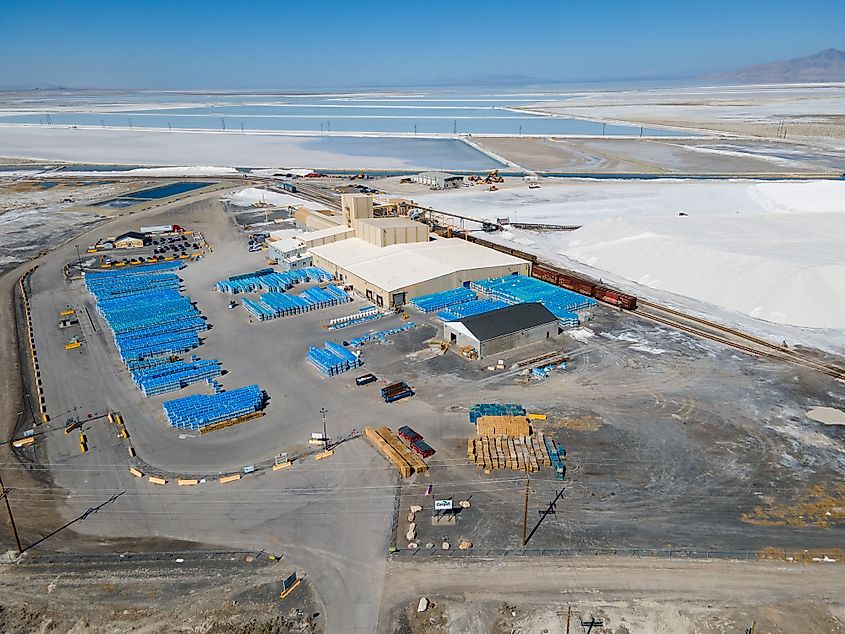
According to a governmental study, the mining, harvesting, and leisure industries based in the Great Salt Lake area generate $1.3 billion for the annual economy. If the lake keeps losing its water, the annual economic cost would be anywhere between $1.7 billion and $2.2 billion. Vernon also pointed out that if the lake dried away, at least 6,500 people in Utah may lose their employment because the lake supports about 7,700 jobs in the region.
Moreover, a combination of heavy metals, including arsenic, is present in the soil of the lake bottom. As the water dries up and arsenic is exposed to windstorms, arsenic dust could be carried by the wind and enter the lungs of those living nearby and cause adverse health effects. The hazardous air would impact 75% of Utah's population.

Furthermore, the effects extend beyond humans. The Great Salt Lake, now the biggest saltwater lake in the western hemisphere, is in danger of being overly salty as its water levels decline. If the salt level increases any more, to about 17%, the algae in the water won't be able to adapt to it and die, endangering the flies and brine shrimp that consume it. As a result, the 10 million birds that visit the lake each year will not find food. An entire ecosystem would collapse.
Possible Solutions
Scientific research has suggested that the volume of the Great Salt Lake's inflows must increase by 24% to 29% to keep it stable and in good condition. According to Wayne Wurtsbaugh, it is essential to prepare forward for long-term conservation because Utah's population is expected to double by 2050. Clean technology can take over if the costs are reasonable and there are no absurd legislative restrictions.
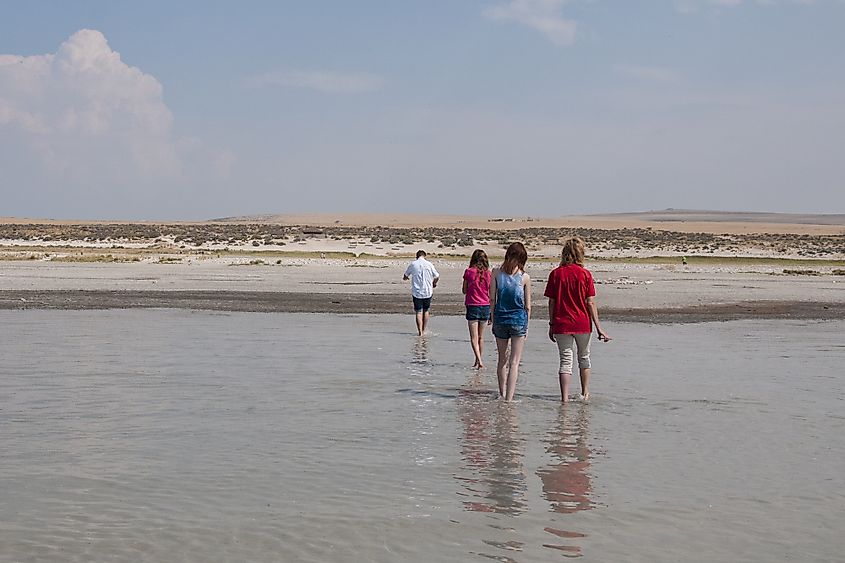
Xeriscaping is an excellent alternative that has been utilized for a long time in the Southwest to reduce water consumption. Another fantastic way to conserve water for the lake is water recycling. Even more, water might be saved by installing more effective solutions in homes and workplaces, such as low-flow or composting toilets. Additionally, it's a smart idea to discourage the usage of swamp ("evaporative") coolers. As snowfall runoff streams into the lake, another potential approach is to move less snowpack away for urban and agricultural uses. In addition, Salt Lake City may impose penalties, water use limitations, and other water conservation measures. Legislators in Utah have also lately begun investigating the prospect of constructing a pipeline from the Pacific Ocean to provide water to the Great Salt Lake.
The effects of the ongoing water crisis in the western United States are clearly posing serious hazards to people and animals in these areas, despite the fact that scientists are still striving to find a solution. To maintain this incredible natural resource that is extremely important from an economic and environmental standpoint, lawmakers must urgently enact steps that begin to address the issue in this area.











